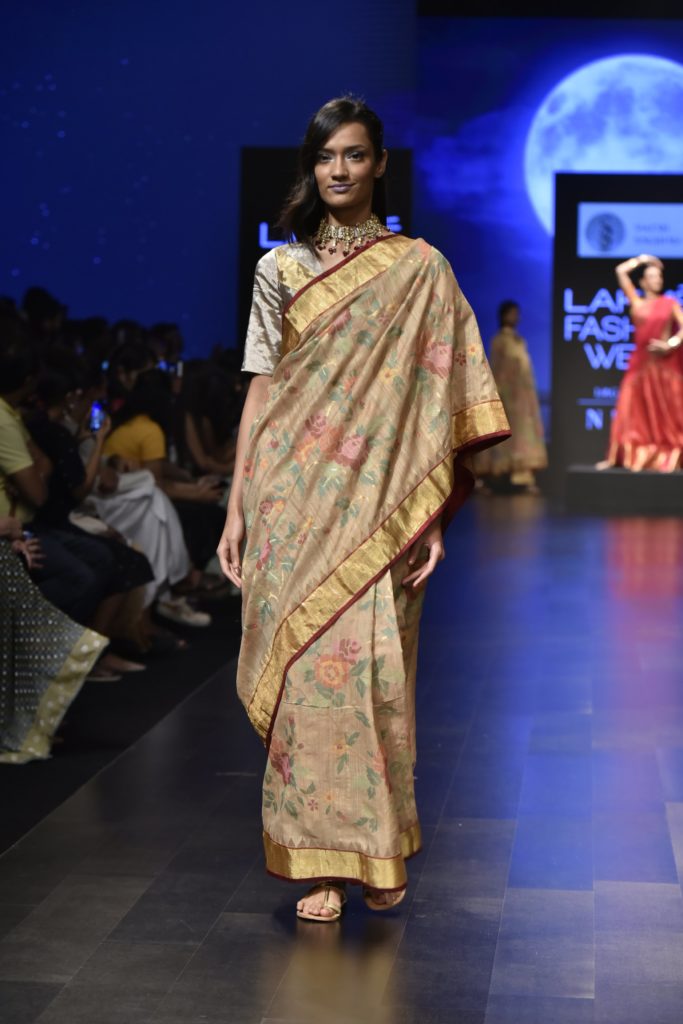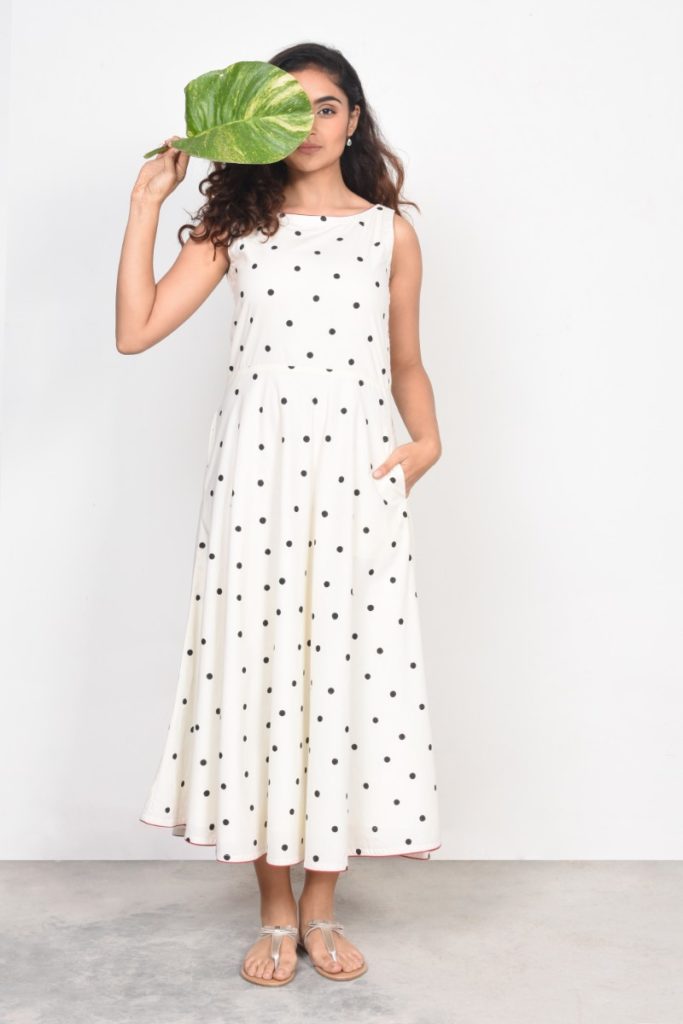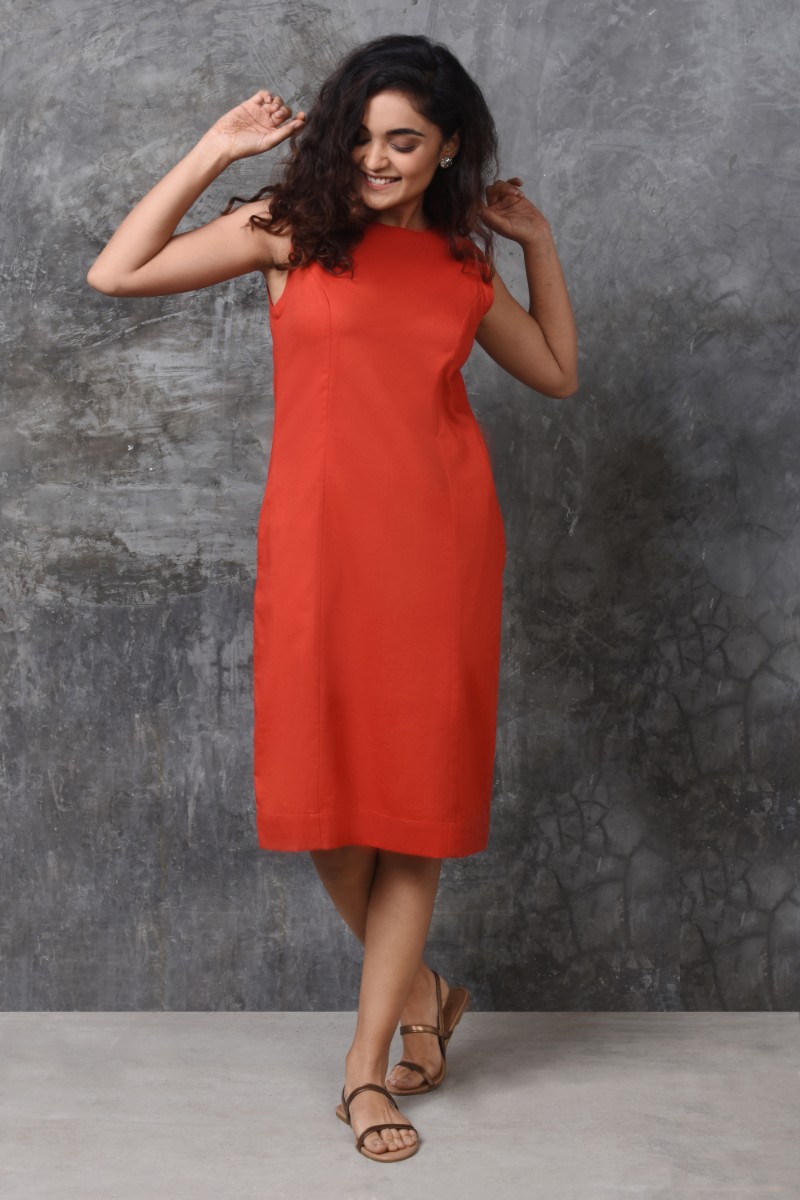As ethical clothing take center stage, designers are looking for newer and better ways to adopt ecofriendly fabrics in their creations.
In a country like India ecofriendly fabrics have always been part of the realm of regular life courtesy khadi a symbol of Indian textile heritage, easily the most organic fabric one could know. Ethical fabrics essentially means safe on the environment with least carbon footprint, fabrics which are either biodegradable or could be recycled. Organic Cotton, Tencel (made of cellulose wood pulp from sustainable tree farms and uses nanotechnology that decomposes all solvents and emissions), Liva, Bamboo fabric and the like are considered ecofriendly fabrics.
Eco Vibes
Fashion is the second most polluting industry in the world. Manufacturing of fabric releases tons of greenhouse gases and the dyeing of fabric releases micro plastics and other pollutants in water streams. Eco friendly or sustainable clothing tries to combat these issues. “Typically Eco Friendly clothing would have been made from environmentally sustainable fabrics, the manufacturing of which has minimal ill effects on the environment. The dyeing of these fabrics is done in Azo Free or natural dyes (Azo is a carcinogenic chemical which is widely used as a dye in the textile industry). The production of these fabrics is done is a Fair Trade certified factory which means all workers there are paid fairly and do not work in dangerous working conditions,” says Pooja Khanna, Founder of a sustainable brand. Traditionally, Hemp, linen, bamboo and ramie are considered eco-friendly. The Ayurganic fabric also, is woven by hand and bonded in Aloe vera eliminating chemical at every process. “Since Ayurganic is mainly based on infusion of medicinal herbs in the fabric, it is one of the finest ecofriendly fabrics in the market that also has health benefits deriving from the goodness of the herbs infused and the wood burnt during the dyeing procedure. The idea is to give back what you take from mother earth, for example, infusion of herbs, in the Neyyar river of Kerala, while washing the Ayurganic fabric has resulted in a constant growth of fish population and has indicated several health benefits of bathing in the same water,” say designers Didier Lecoanet and Hemant Sagar.

Do the New
There are many new options as far as ecofriendly fabrics are concerned. Fibers obtained from bamboo, banana, eucalyptus plants (known as Lyocell or Tencel) are easier on the planet. “We even have yarns now, derived from milk proteins and soy proteins, which are being worked on to arrive at textures like silk and cashmere,” opines Designer Nupur Saxena. Clothes made using raw materials such cotton grown without the use of pesticides or silk made from worms raised on organic vegetation and made without harmful chemicals, dyes or bleaches qualify as ecofriendly. “I have researched diverse materials with a reduced environmental impact. We must understand that it takes human intervention as well as resources drawn from our environment to create the products that we surround ourselves with,” says Designer Sailesh Singhania. People are more aware of the repercussions of fast fashion and are acting more concerned towards their society and earth as a whole. “The idea is to buy less and to use products that have longer shelf lives. However, since ‘trend’ in itself is ever changing, the idea behind switching to slow-fashion is to do with elimination of the idea of trends itself,” aver Lecoanet and Sagar.

Contemporary Cues
The best part about the segment of people who are into sustainable fashion is that they are not trapped in the vicious cycle of trends. They use fashion for expressing themselves with breathable fabrics and easy silhouettes which range from the humble saree to the chic little black dress. The possibilities in sustainable fashion are endless and that’s the beauty of it. Monochromatic khadi dresses, intricately woven khadi jamdani saree and clothes made from tussar silk are most appreciated and catching up with the trend. In India, the general perception somehow is that sustainable fashion is luxury is incorrect.

Challenge Factor
Production and uniformity is a challenge apart from being time consuming. “Challenges are never a problem as long as we are willing to change our perspective and focus on bigger picture than short term monitory gains. The solutions which were supposed to be temporary quick fixes have stayed, lived and are still being used way past their expiry date. Same goes with the policies that govern them. And the innocent species of flora and fauna are already paying the price. So manufacturing ecofriendly fabrics is always a more sensible choice creating more job opportunities from farm to finished stage. As per the monitory aspect, the profits can be further increased with support of the policy makers and right partners throughout the value chain,” avers Saxena. A very low level of customer awareness means there is very little demand and ecofriendly brands have a huge responsibility of creating awareness for the consumer. “High cost of sustainable fabrics that is a little more expensive than synthetic fabrics is another factor. And while the absolute cost of these is not unaffordable for the consumer; a comparison with cheap costs of synthetic fabrics coupled with low awareness levels further reduces the demand for these. We need favorable government policies to shift consumer behaviour at scale,” says Khanna. So the next time you are shopping look at the label so you make a green choice.
This story first appeared in The Tribune dated August 24, 2019 here:

